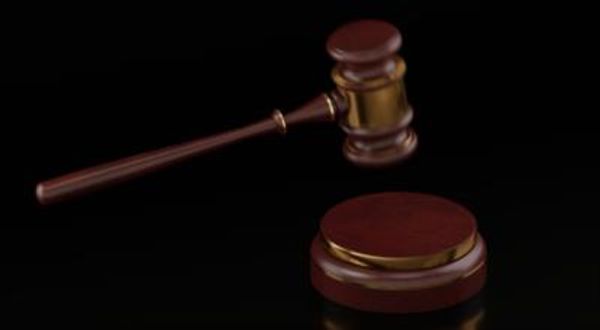
Grandparents are a mystery and, when you layer on barriers of culture and language, can we ever say we know who they really were?
Hoa Huynh – my yeye, or grandad – was born in 1928 in a small town in the central highlands of the then French colony of Indochina. His yeye had brought his family south from China, fleeing the crumbling Qing dynasty. And so Yeye grew up in Vietnam with dirt roads, oil lamps and livestock in the street. Many of his friends and family had never heard of photography, but at 17 he taught himself to shoot and develop film.

His work over the decades that followed, in Vietnam and later Australia, focuses on human warmth and determination in the face of suffering.
Yeye’s photography career in Vietnam spanned decades. He opened Lucky Photography, his town’s photo studio, in the 1950s, specialising in portraits. At the time, it was mostly wealthy people who posed for them, but my yeye was interested in capturing a different class of people.

Throughout my childhood, stern faces populated the homes of his five children – though their stories were lost when we lost Yeye. Most of these portraits are of Indigenous people from the highland tribes of Vietnam.
Distinct in their ethnicity and language, these people have preserved a culture that predates the modern Vietnamese state.
This culture fascinated Yeye – he travelled extensively to document the tribes and their way of life. He called them sèh gwái – literally “snake ghost” – and, unlike other Chinese of his generation, he took an interest in their cultures.
His studio portrait photography skills came in handy when he encountered people on his travels.
Back home, it was said, he was a master of post-production – a technical skill he acquired when he started experimenting in his kitchen turned dark room. Armed with brushes, cotton buds and cardboard, he dodged, burned and blurred to play with focus and light.
One of my greatest regrets is that I never sat down with Yeye to ask him about the faces in these pictures – or paid much attention when he was working on his art. Now we are left with half-remembered stories and skills lost to time.
Yeye was given his first camera in 1945, when he was 17. A French school nearby had books about photography that he read to teach himself everything from how to shoot to how to mix the chemicals and set up a dark room. I never heard him speak a word of French.
He was considered extravagant for his generation, plying an art as his trade. If it is considered difficult to pursue the arts now, it was vastly more so amid the turmoil of war and civil unrest. It earned him enough to get by but not enough to be considered wealthy.
In 1962 my dad was born, Yeye’s third son. This was the year Yeye won his first photo exhibition (or competition – no one remembers) and so my dad was named Triển, which comes from the word for exhibition, triển lãm.
When US forces entered Vietnam, and the war between the north and south escalated, Yeye’s time and energy focused on protecting his family.
Our family calls the fall of Saigon giải phóng – or “liberation” – even though we were on the losing side. It marked a pause in Yeye’s photographic career and an inflection point in our family’s history. Like his own yeye before him, he sent his children off to find a better life.

Yeye moved to Australia in 1982, sponsored by his children, who had journeyed by boat and foot to a refugee camp in Thailand and then on to Australia. He marvelled at the multiculturalism he found here and it inspired him to pick up his camera again. This time he taught himself colour and digital photography. Though retired, he dived headlong into his art, even teaching himself Photoshop.

Shortly before he died last month, he gave me his German-made Rolleiflex twin-lens reflex camera – a working relic. It was one of his first cameras, found in the underground markets of Saigon.
Yeye is survived by five children, 10 grandchildren and three great-grandchildren.







